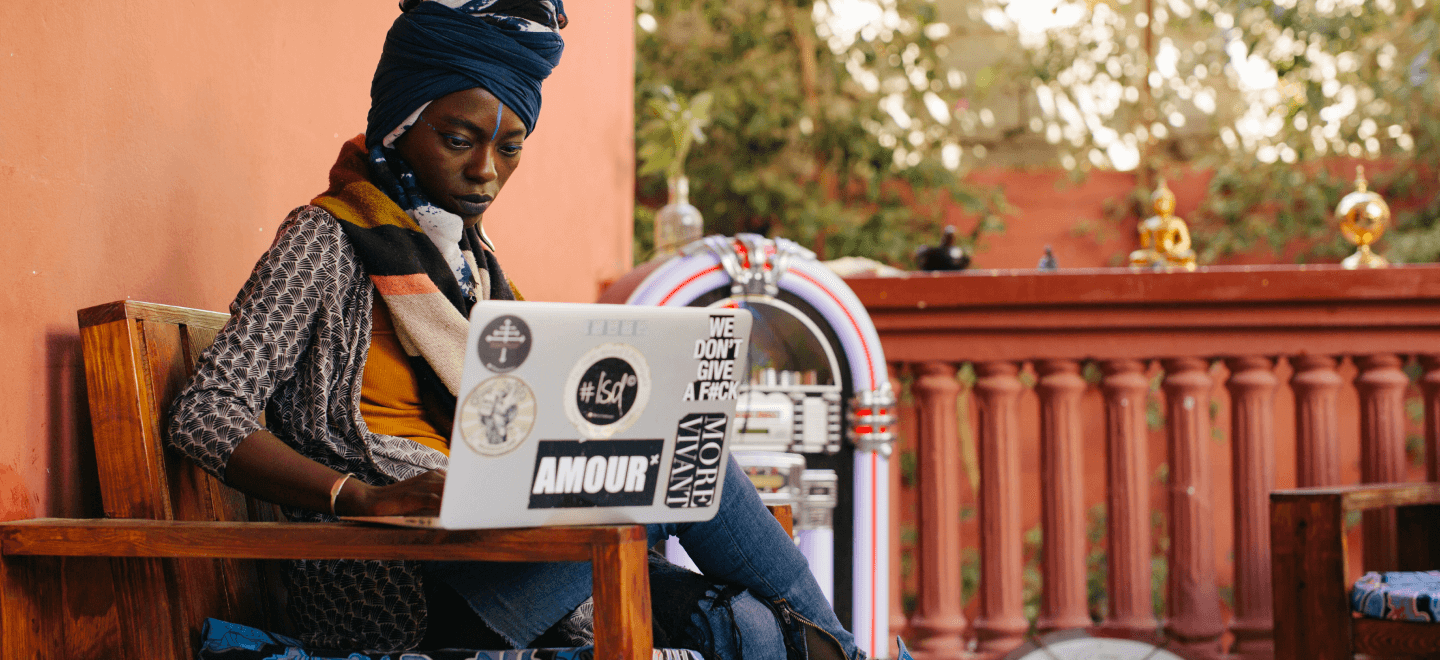Month: October 2020
Kyle Platts
10 Questions With Kyle Platts
On the 30th October we launch our 'World Series' initiative where we collaborate with artists and designers to explore the concept of a SKEWED world. The first of these is with Illustrator, artist, animator, skateboarder and all round good egg Kyle Platts. We thought you guys might like a window into Kyle's mind - so we decided to shoot him ten questions.
Utilitario Mexicano
Talking craft and commerce with CDMX’s Utilitario Mexicano
Utilitario Mexicano is a must visit for anyone going to CDMX. Their mix of incredible objects from Mexican craftsmen paired with a beautifully spartan store just ticks a lot of boxes for us. Through them we’ve learnt some important lessons. Uno - always keep a molcajete to hand in the kitchen. Dos - don’t be afraid to break some rules! And luckily for us we now proud stockiest of some key Utilitario Mexicano pieces, so we carry on our Mexico City fantasies even back home.
Selly Raby Kane
The Selliest
Selly Raby Kane’s showroom and studio occupies a three-story building on a quiet street in the center of Dakar. It’s dusty season, when the harmattan wind from the Sahara fills the city with fine sand. Kane wears her updated take on the traditional “bou-bou”, star-shaped mirrored glasses and a silver sequin face mask. Not for protection against the elements, just as a matter of style.
Lun La Lame
Interwoven. Juxtapositioned. Superimposed.
It is early morning in the city of Dakar and a “buju man” is roaming its streets. Making holes in the walls, free-ing the skeletons of the city. He has been many things and may yet become many more but right now he is a plastician, working with what the city gives him. Which, in his case, are the bright and colourful PVC tubes used in housebuilding. Meet Alioune Samb or Lun La Lame as he prefers to call himself.
Kaak Society
Born in a House of Art
Accessories tell stories. That’s why you don’t use the same accessories all the time. You chose what story you want to tell, and you chose what time to tell it. Ibe Sow, the brain, heart and hands behind Kaak Society, knows this better than most. That’s why his accessories tell the most captivating stories.
Ami Weickaane
Paris-Dakar
Ami Weickaane, also known as Blu, has devoted her life to, in her own words, art, culture, environment, ecology, the holy feminine and the African intangible heritage. She’s also an African woman in Europe and a European woman in Africa. In the middle of it, yet in-between.
An instigator, and an observer. A creative, and a curator. She goes wherever her sensitivity takes her.








































